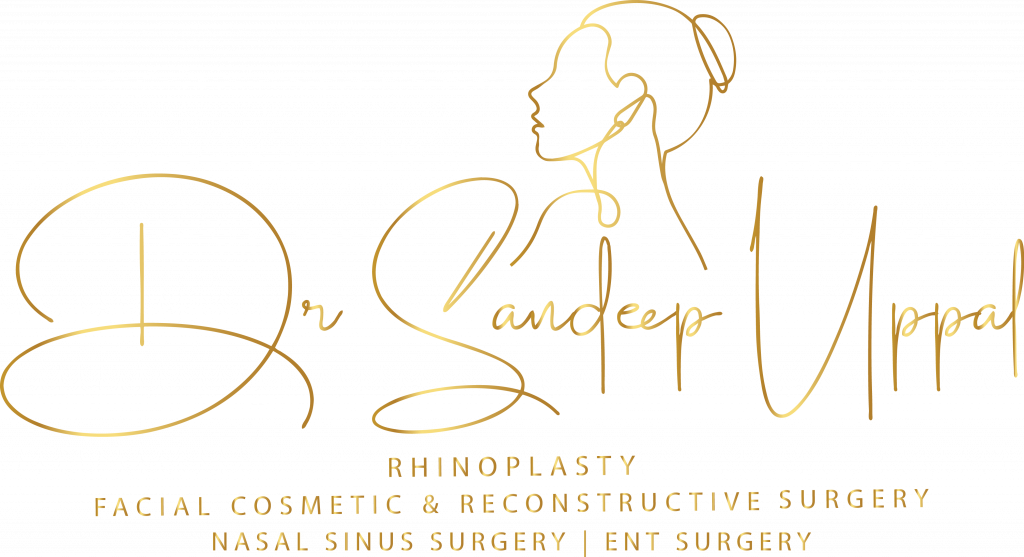Blocked ears, discomfort, and difficulty hearing are symptoms many of us have experienced, often brushing them off as minor inconveniences. However, persistent issues could indicate Eustachian Tube Dysfunction (ETD), a condition that, if untreated, can lead to chronic ear pain, hearing loss, and even recurrent infections. With advances in ENT care, treatments like Eustachian Tube Balloon Dilation offer promising relief.
This comprehensive blog delves into ETD, its causes, and its modern management options.
What is the Eustachian Tube ?

The Eustachian tube is a narrow passageway connecting the middle ear (part of the ear behind the ear drum) to the nasopharynx (the area behind the nose). It plays a vital role in:
- Equalizing ear pressure with the external environment.
- Draining fluid from the middle ear.
- Protecting the ear from pressure changes and infections.
At rest, the tube remains closed and opens during activities like swallowing, yawning, or sneezing. When the tube becomes blocked or does not function correctly, it results in Eustachian Tube Dysfunction.
Symptoms of Eustachian Tube Dysfunction
People with ETD may experience:
- Ear blockage or fullness.
- Pain or discomfort in the ear.
- Hearing difficulties or muffled sounds.
- Tinnitus (ringing in the ears).
- Dizziness or balance problems.
These symptoms can significantly impact daily life, particularly during activities involving pressure changes, such as flying or SCUBA diving.
Causes of Eustachian Tube Dysfunction
ETD is often linked to conditions causing swelling or blockage in the nasal passages or nasopharynx, including:
- Allergies and nasal inflammation.
- Upper respiratory infections like colds or sinusitis.
- Environmental pollutants such as smoke or dust.
- Rapid pressure changes, such as during air travel or diving.
- Temporomandibular Joint (TMJ) disorders that may affect ear function.
Chronic ETD can increase the risk of ear infections and even lead to long-term hearing loss.
Treatment Options for Eustachian Tube Dysfunction
The treatment for ETD depends on the severity of symptoms and the underlying cause.
1. Watchful Waiting
For mild cases, ETD symptoms may resolve independently without medical intervention. A “watchful waiting” approach combined with techniques like the Valsalva manoeuvre (blowing gently with the nose pinched shut) can help.
2. Medical Management
- Nasal Steroid Sprays: These reduce nasal inflammation, particularly in cases associated with allergies or sinusitis (e.g., Avamys, Nasonex).
- Nasal Decongestants: Short-term use of decongestants like Oxy-nase, Afrin or Iliadin can improve Eustachian tube function.
- Antihistamines with Decongestants: Medications like Telfast-D or Zyrtec-D are effective for allergy-related ETD.
3. Eustachian Tube Balloon Dilation (BET)
For persistent or severe cases, Eustachian Tube Balloon Dilation is an advanced treatment option offering long-term relief.
What is Eustachian Tube Balloon Dilation?
This minimally invasive procedure uses a small balloon to dilate the Eustachian tube, improving ventilation and relieving symptoms.
The Procedure
- Balloon Catheter Insertion: A thin catheter with a deflated balloon is inserted into the Eustachian tube through the nasal passage.

2. Balloon Inflation: The balloon is gently inflated to widen the tube, improving its function.

3. Balloon Deflation and Removal: After a few seconds, the balloon is deflated and removed.
The entire procedure is quick (15-30 minutes) and can be performed under general or local anaesthesia. Patients typically return home the same day.
Benefits of Balloon Dilation
- Long-term symptom relief.
- Minimal downtime (1–2 days off work/school).
- Reduced risk of complications compared to other surgical options.
Potential Risks of Balloon Dilation
While rare, potential complications include:
- Minimal bleeding during or after the procedure.
- Infection in the nasal or middle ear, which may require antibiotics.
- Injury to surrounding structures, including the nasal passage or Eustachian tube.
- In some cases, symptoms may persist, requiring additional treatments.
Why Treating ETD is Crucial
If left untreated, ETD can lead to:
- Chronic ear discomfort.
- Temporary or permanent hearing loss.
- Increased risk of recurrent middle ear infections.
By addressing the condition promptly, patients can avoid these complications and improve their quality of life.
Post-Procedure Care and Recovery
Following Balloon Dilation, patients can expect:
- Mild nasal or ear discomfort, which typically resolves within days.
- Avoidance of forceful nose-blowing for a few days.
- Use of over-the-counter pain relievers like paracetamol for any discomfort.
Regular follow-up appointments are essential to monitor progress and ensure long-term relief.
Informed Decisions with Expert Guidance
The decision to undergo Eustachian Tube Balloon Dilation should be made after a detailed consultation with an experienced ENT specialist, such as Dr Sandeep Uppal, who will:
- Evaluate your symptoms and medical history.
- Perform a thorough examination, including nasal endoscopy and hearing tests.
- Discuss the benefits, risks, and alternatives to the procedure.
Take the First Step Towards Healthier Ears Today!
Do not let Eustachian Tube Dysfunction disrupt your life any longer. Whether you are dealing with persistent ear discomfort, hearing issues, or pressure changes that just will not go away, relief is within reach.
Schedule a consultation with Dr Sandeep Uppal, an expert in ENT and Eustachian Tube Balloon Dilation, to explore personalized solutions tailored to your needs.


